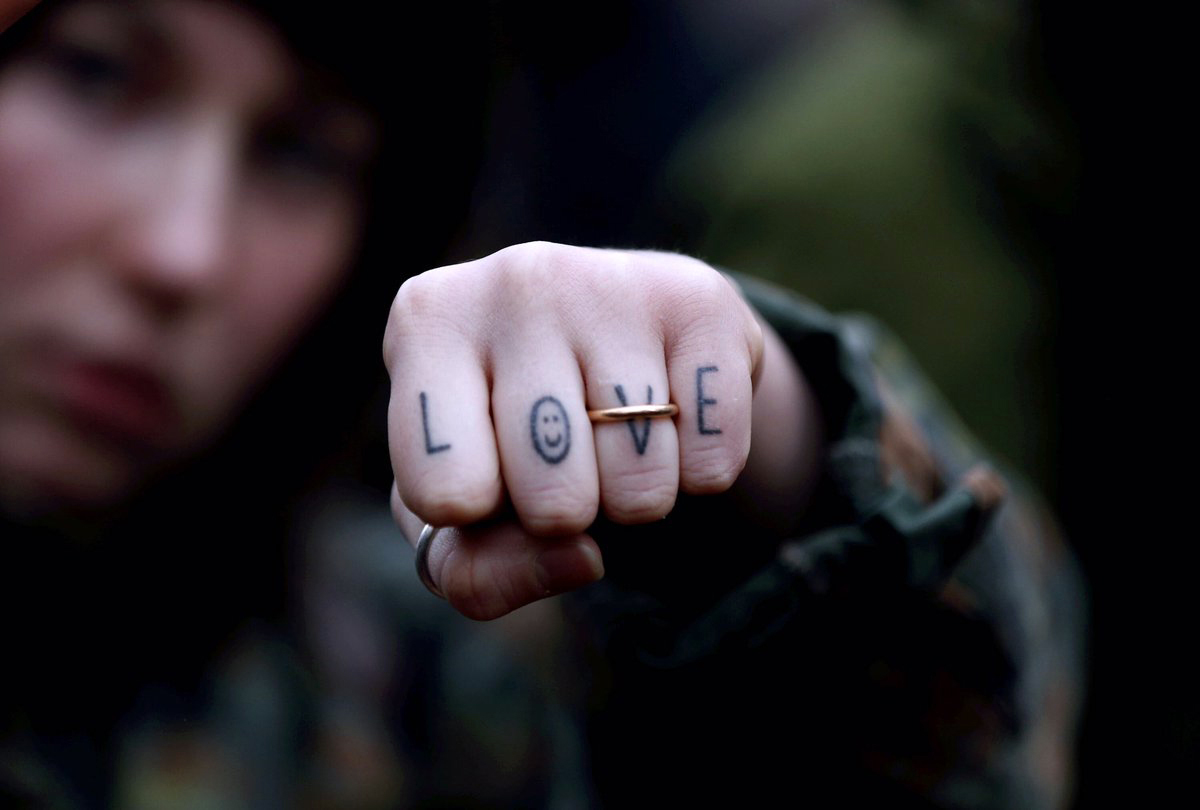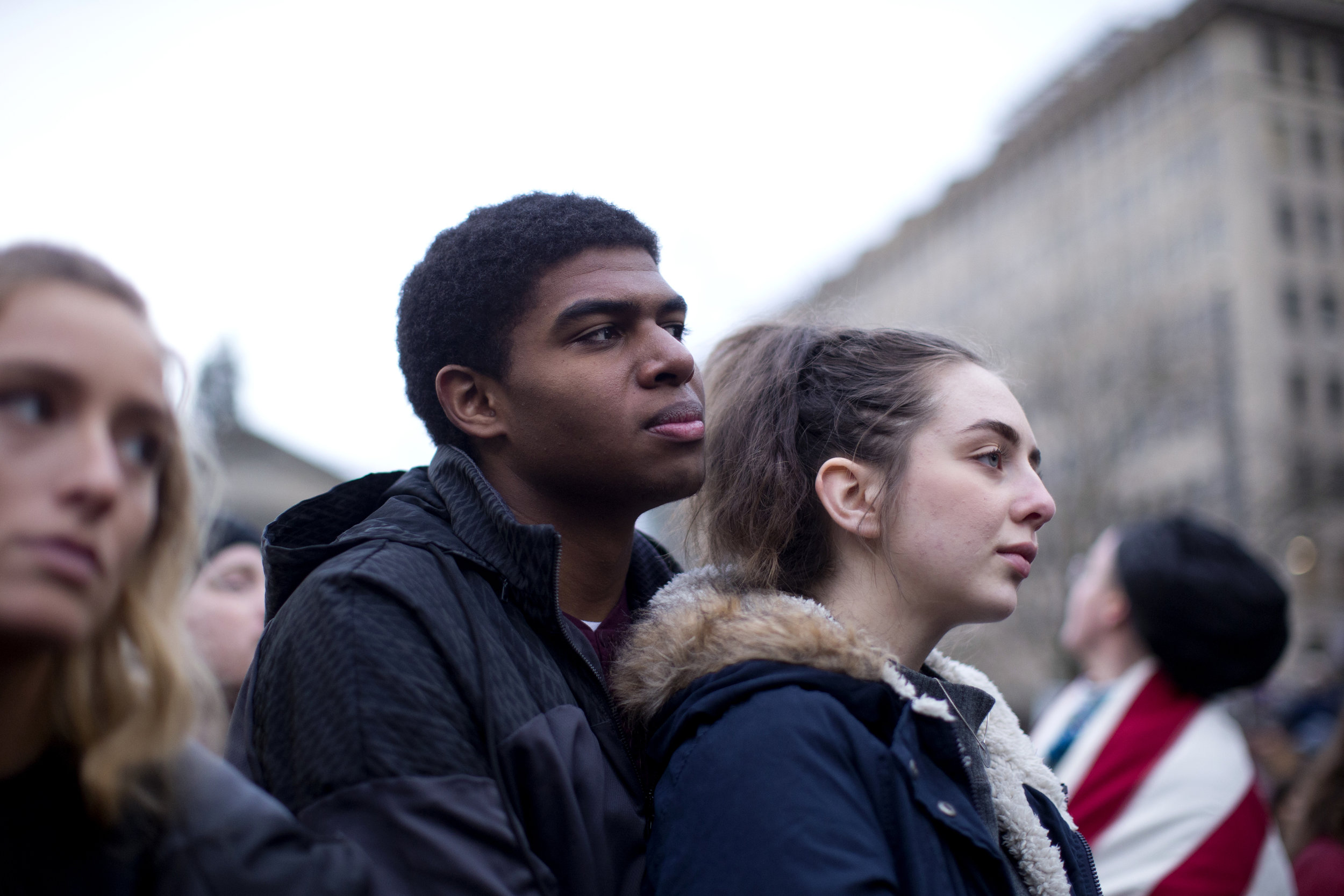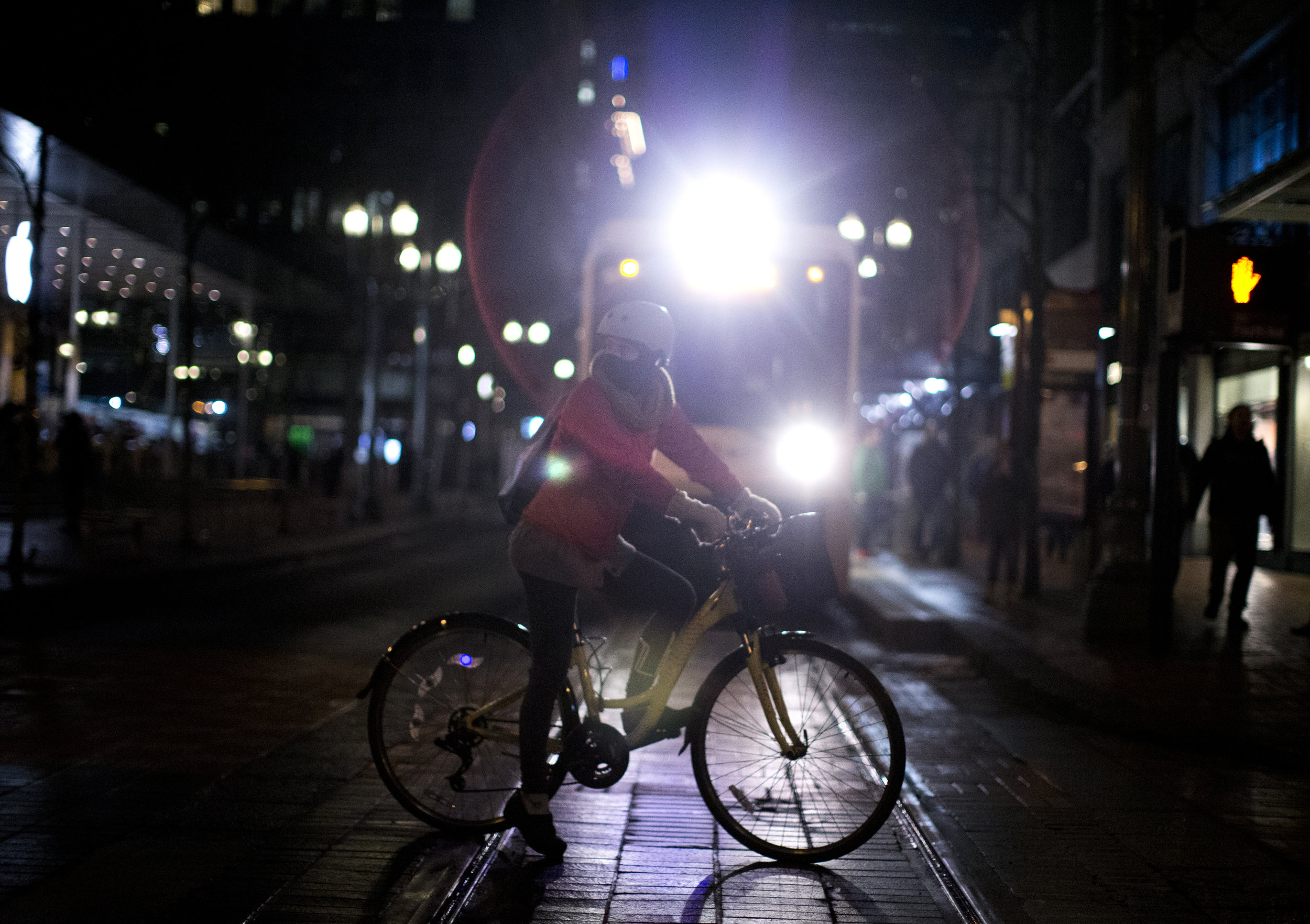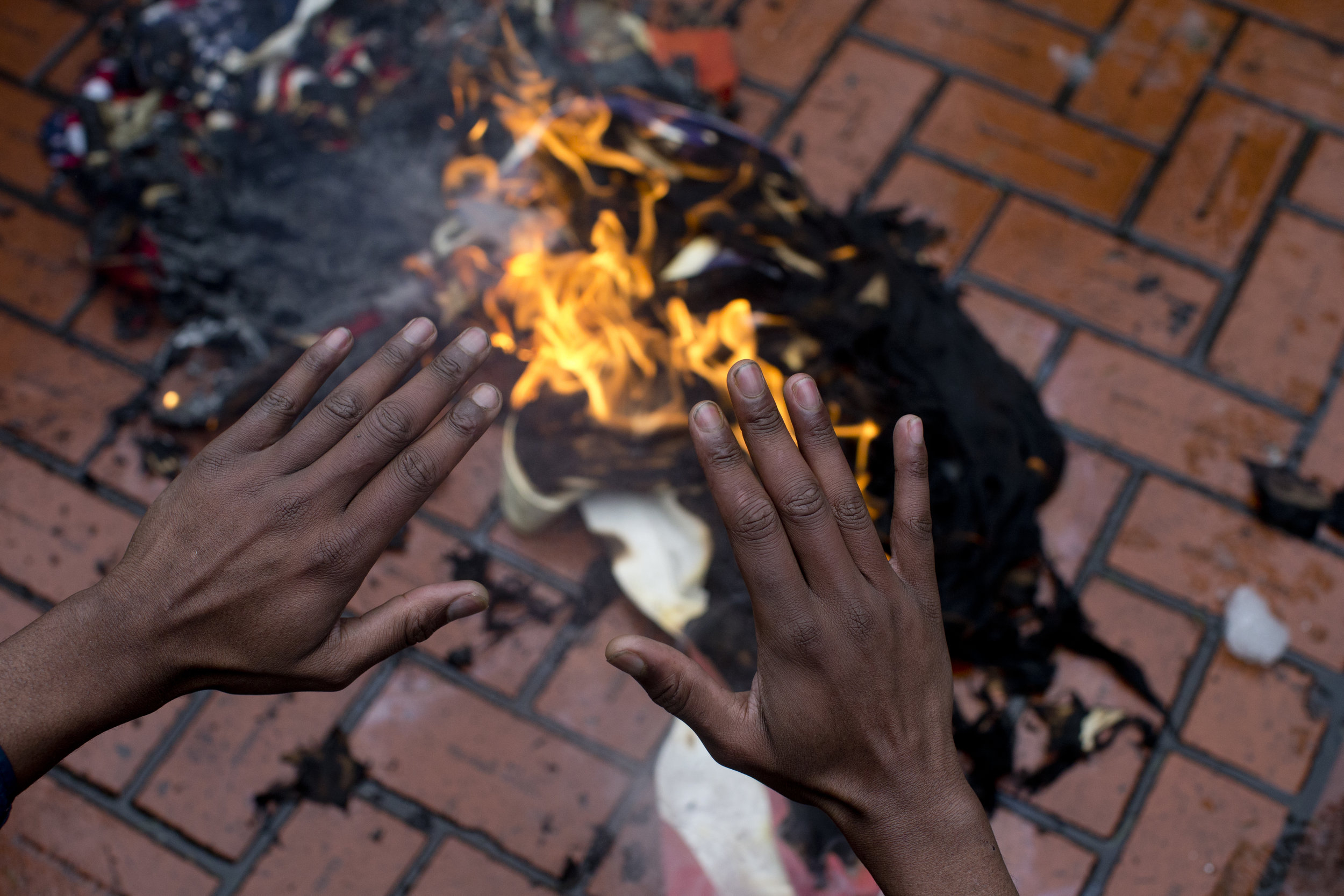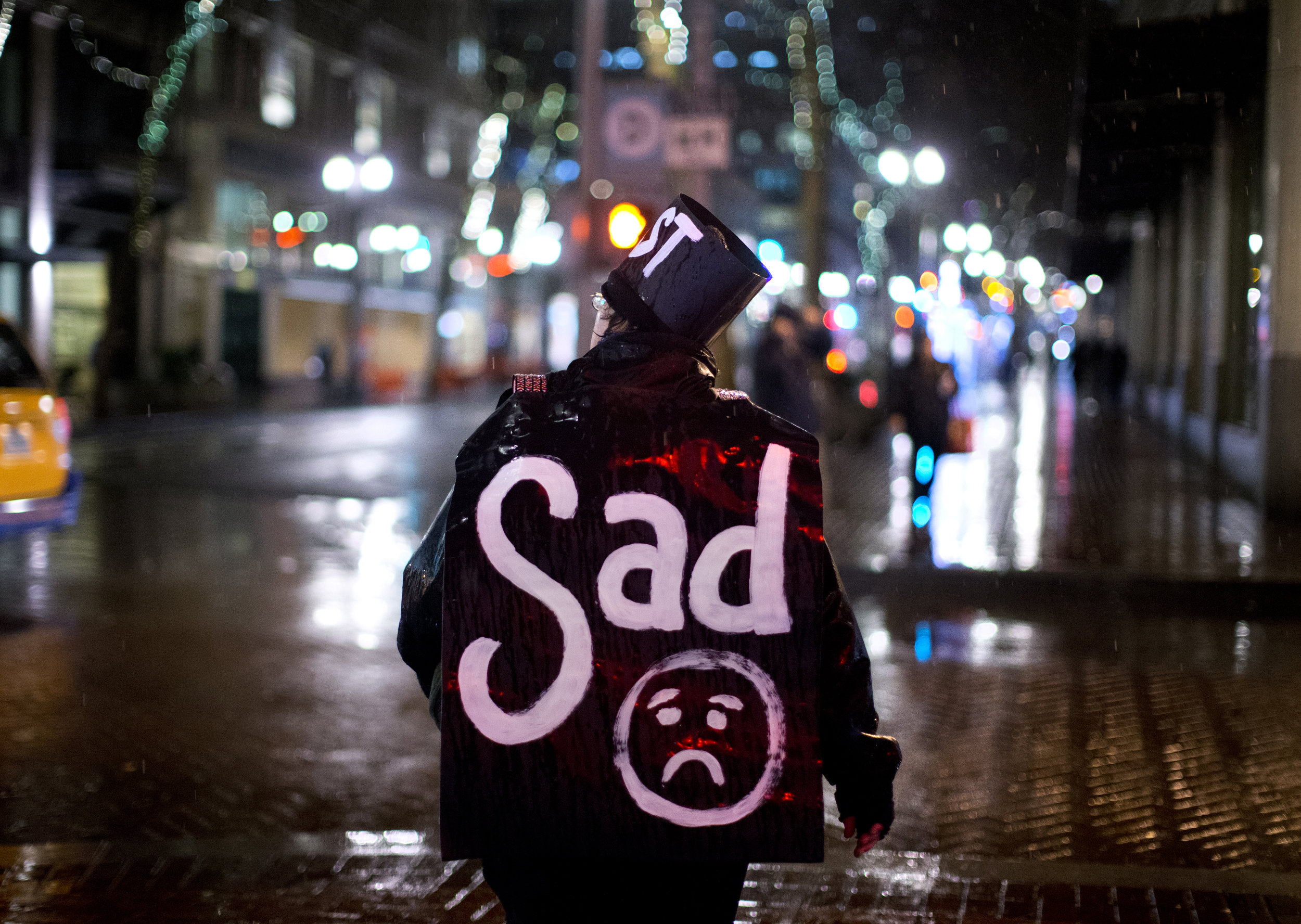It was a little wooden jewelry box in the shape of a log cabin, tucked high on a shelf at Sears. I was 9 years old and instantly lost in the charmed world the scene evoked: Painted flowers spilled from small window boxes like brightly colored candy. A log bridge led to the front door, a stream of painted water passing beneath. The box itself was lined with cheap red velvet and had tiny river rocks glued to its roof. I loved seeing the glue, loved the artifice of it, as if its every imperfection somehow made it more attainable –- as if a little glue and some paint could make that life mine.
The jewelry box had a water wheel and, if you turned it, played "The Lonely Goatherd" from "The Sound of Music." If winding that wheel prompted it to shout, "Throw yourself at me! You know you want it!" I'd have probably done it right then and there, although I'm not sure I'd have known what to do exactly.
A small wooden bench sat glued to the corner in front of the house. Standing in the store aisle staring up at it, I imagined myself sitting there, nestled safely in that dreamy, moss-covered world. My family may have been unraveling around me, but that box provided momentary shelter from it all and transported me to a softer place.
I knew immediately I would give it to my mother for Mother's Day. Remarkably, I remember buying it. I remember, too, how proud I was when I gave the jewelry box to her.
I told her that when I grew up we would live in the cabin and be old together, just her and me. Think about that. A 9-year-old kid willing to hole up in the middle of nowhere with an elderly woman.
Twenty years later, that's pretty much what happened. Only instead of a log cabin, the setting was a makeshift hospice in a dusty back bedroom of the house I grew up in and where she still lived, the ceiling visibly slanted from a do-it-yourself conversion from a dilapidated back porch years earlier.
My mother had lung cancer. Doctors gave her six months, give or take. I was making good on a promise made long ago, that I'd be there when the time came and if she needed me.
The time had arrived.
My mother was sifting through a lifetime of experiences, and focusing on regret. Like so much from my childhood, the jewelry box was long gone, given away years ago to a sister-in-law. For reasons that remain a mystery, the memory of that discarded gift had her in its grip. Intimacy came hard for my mother and as she grappled with what remained of the sum of her choices, grief seemed to manifest in life's B-sides. Smaller moments replayed in her mind and she wrestled them down, one by one.
Giving away the jewelry box? It felt, to her in those moments, as though she squandered love itself. No big thing, I told her, shooing away her grief as I cupped a handful of berries and fed them to her, one by one.
I'm not sure whose idea it was to take a trip to Maine in those final weeks. My sister found a condo in Portland and, as if swept up in a collective last gasp of the dying, we rallied. Excited and worried, we made the trip from my mother's house in Massachusetts.
She'd lost so much weight I could carry her to the car. Her arms and legs, little more than skin and bones, dangled on either side of me like a sleeping toddler's.
Nausea was her constant companion, and she heaved off and on the entire way. By the time we got to Maine, about an hour's drive from her house, I convinced myself the whole plan was ridiculous, if well-intended.
We saw an old antique store and pulled over, hoping solid ground and a little browsing – my mother always loved a good flea market – might rouse her. But she was too sick to leave the car. You go, she told us.
I've long since given up trying to fully wrap my mind around what happened next. As I tell my own kids, there are questions and there are answers -- and sometimes there are questions without answers.
I hesitated as I got out of the car and dragged myself into the store; the last thing I wanted to do was look at antiques. But I sensed there was something in it for her, a vicarious, pleasant experience I could provide her.
(Looking back, it all seems so absurd. My dying mother is heaving in the parking lot in the back of a car and I ... go shopping?)
The antique store was full of maritime memorabilia and nautical items: old anchors and wooden steering wheels and amber glass hanging from the ceiling. None of it held my interest, but like a dinghy unmoored in fog, I aimlessly wandered. Mostly I worried about my mother lying in the car. She wasn't alone out there – my cousin and then boyfriend kept her company – but still.
I walked over to a glass case at the center of the store and peered inside. What caught my eye was so remarkable that I can still muster the swell of feelings -- the flutter in my heart, the tightening in my chest -- when I spotted it. There among the nautical bric-a-brac and pieces of sculpted driftwood was the jewelry box, as dreamy and folkloric as I remembered it.
I plunked down thirty dollars – I'd have paid a thousand -- and hurried to the car to give it to my mother. None of us could believe it, least of all her. We marveled at the synchronicity of it all, and wondered if this was the jewelry box.
Maine was everything Maine is, all coastline and sunshine and lobster, of course, which we boiled up in the condo.
My mother barely left the bed the entire weekend. But she had a view of the ocean, which soothed her. And she had the jewelry box, which never left the nightstand by her bed.
The morning she died, a couple months after the Maine trip, I was with her, camped out on an adjacent bed in case she needed help in the middle of the night. The cancer had metastasized to her bones and the pain was so debilitating that the pre-measured doses from the morphine pump were no longer enough.
Hospice had an on-call nurse, whose help I leaned on as I tried and failed to find my way through the crisis. I was hesitant to increase the amount of morphine, even as my mother's moans grew louder. But nothing else was working.
"You want to make the pain go away, right?" the nurse asked me. She could hear my mother's moaning from the other end of the phone, and there was a sense of urgency in her voice. Yes, I told her. I want to make the pain go away. She walked me through the exact steps, none of which I remember now. The extra dose of morphine quieted my mother and that quiet settled over the room. It was early November and unusually warm for New England. I remember the sun was shining.
I left the room and went out into the rest of the house for about 15 or so minutes. When I came back she was dead.
The hospice nurse later told me they often do that, the dying: They wait for you to leave the room.
That was over 20 years ago.
Adulthood unfurled itself with the requisite markers: marriage, children, an entire career. There's so much of my life she never got to know or see.
After all these years, her memory is akin to a gilded object just beyond reach and, I tell myself, out of my price range. Miss my mother? Who can afford it?
This story amounts to the sifted remains of my mother, and the memories console me. So there's that.
That, and the jewelry box.
From the day we stopped at that Maine antique shop, the box never left her bedside. Now it rests on mine.
-- Beth Nakamura


